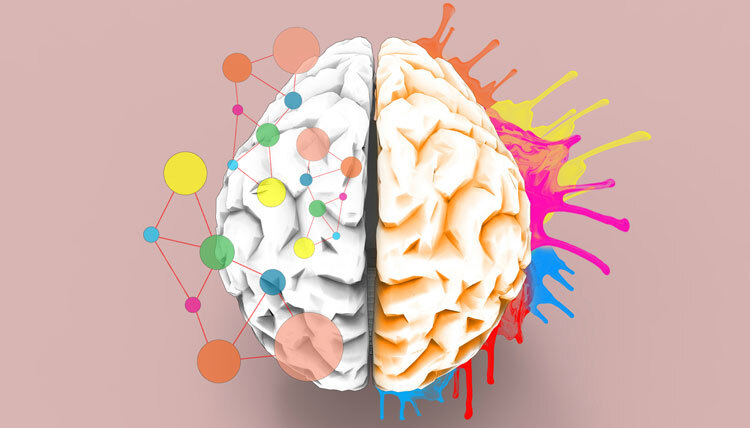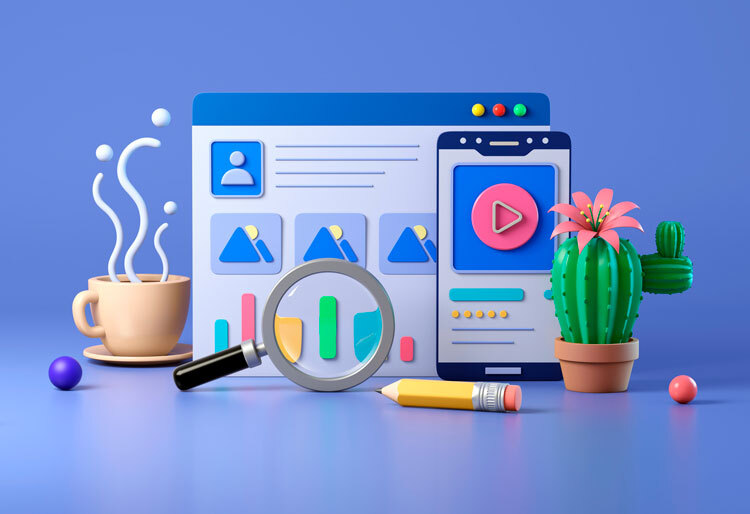A strong online presence is crucial for any business looking to attract and engage customers. One of the most effective ways to do this is through brand-first design, where websites are crafted to tell the unique story of a brand. By focusing on creating a visually appealing and cohesive website that reflects the essence of the brand, businesses can connect with their target audience on a deeper level and stand out in a crowded online marketplace. Brand-first design goes beyond just aesthetics, it involves creating a user experience that is intuitive, engaging, and memorable. With the right design elements and storytelling techniques, businesses can create a website that not only looks great but also effectively communicates their brand message and values.
Translating Brand Identity into Visual Language
Fonts, color palettes, and imagery all play a crucial role in reflecting a brand’s personality and values.
Fonts can convey a sense of professionalism, playfulness, or creativity depending on their style. Choosing the right font for a brand can help establish its tone and make a strong impression on consumers. Similarly, color palettes can evoke different emotions and associations. For example, blue is often associated with trust and reliability, while red can convey energy and excitement. Selecting colors that align with a brand’s values and target audience can help reinforce its identity.
Imagery is another important aspect of visual branding. The images used in a brand’s marketing materials should be consistent with its personality and messaging. High-quality, cohesive visuals can help create a strong brand identity and leave a lasting impression on consumers.
Professional Design. Real Business Impact.
Our websites help you stand out—and sell more.
Get StartedConsistency Across Pages: Reinforcing Brand Trust at Every Click
Creating a consistent experience across all pages of a website or app is crucial for reinforcing brand trust with users. By implementing a strong design system and utilizing UI patterns, you can ensure that every click feels cohesive and familiar to the user. Consistency in typography, colors, spacing, and layout can help users navigate your site with ease and build a sense of trust in your brand.
Design systems play a key role in maintaining consistency by providing a library of reusable components and guidelines for how they should be used. This ensures that every page follows the same visual language and reinforces the brand identity. UI patterns, such as buttons, forms, and navigation menus, can also help create a seamless experience by providing users with familiar interactions that they can easily understand.
By focusing on consistency across all pages, you can create a user experience that feels polished and professional. This attention to detail can help build trust with users, making them more likely to engage with your brand and return in the future. Ultimately, reinforcing brand trust at every click through consistent design systems and UI patterns can lead to a more successful and impactful digital presence.
Storytelling Through Layout: Designing User Flows with Emotion
It’s important to consider how the visual hierarchy and content blocks can support the brand narrative and evoke emotions in the user. By strategically placing elements on the page, such as images, text, and calls to action, you can guide the user through a story that resonates with them on a deeper level. For example, using a large, striking image at the top of the page can immediately capture the user’s attention and set the tone for the rest of the website. Placing key messages or values in prominent locations can help reinforce the brand story and connect with the user on an emotional level.
Content blocks can also play a crucial role in storytelling through website layout. By organizing information into digestible chunks, you can guide the user through a narrative that unfolds as they scroll down the page. For example, starting with an engaging headline and brief introduction can draw the user in, while additional content blocks can provide more context and detail to further immerse them in the story. Including interactive elements, such as videos or animations, can also help enhance the user experience and convey emotion in a more dynamic way.
Designing user flows with emotion in mind can help create a more engaging and memorable website experience. By carefully considering the visual hierarchy, content blocks, and interactive elements, you can craft a narrative that resonates with users and leaves a lasting impression. Ultimately, storytelling through website layout is about creating a connection with the user and inviting them to be a part of the brand’s story.
Ready to build a website that truly reflects your brand? Call us at +91 77604 87777 or get in touch through our contact form—we’ll get back to you shortly. Let’s create a brand-first website that tells your story with clarity, creativity, and purpose, while driving meaningful engagement.



